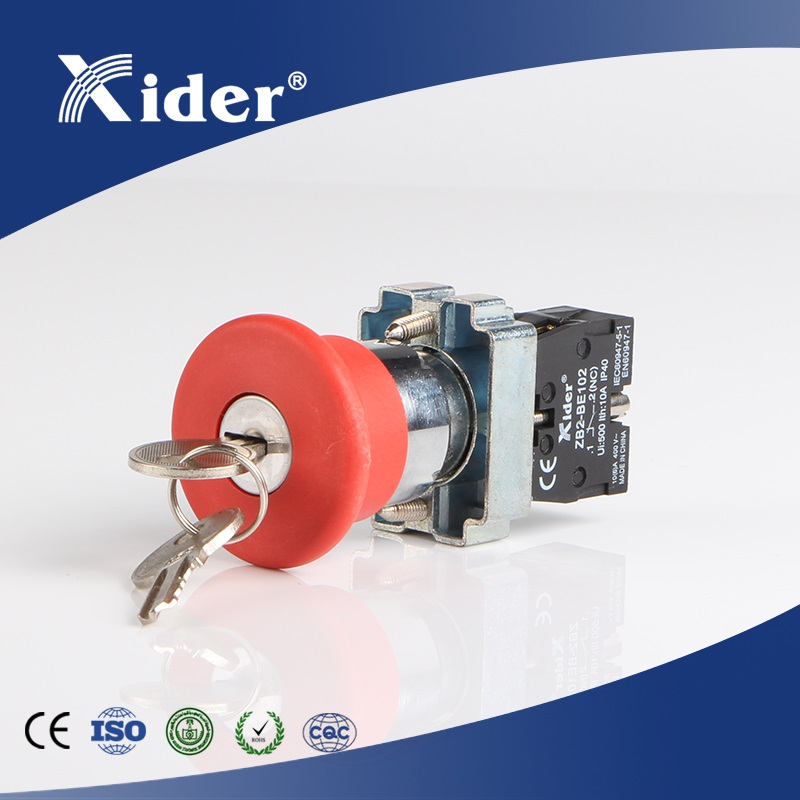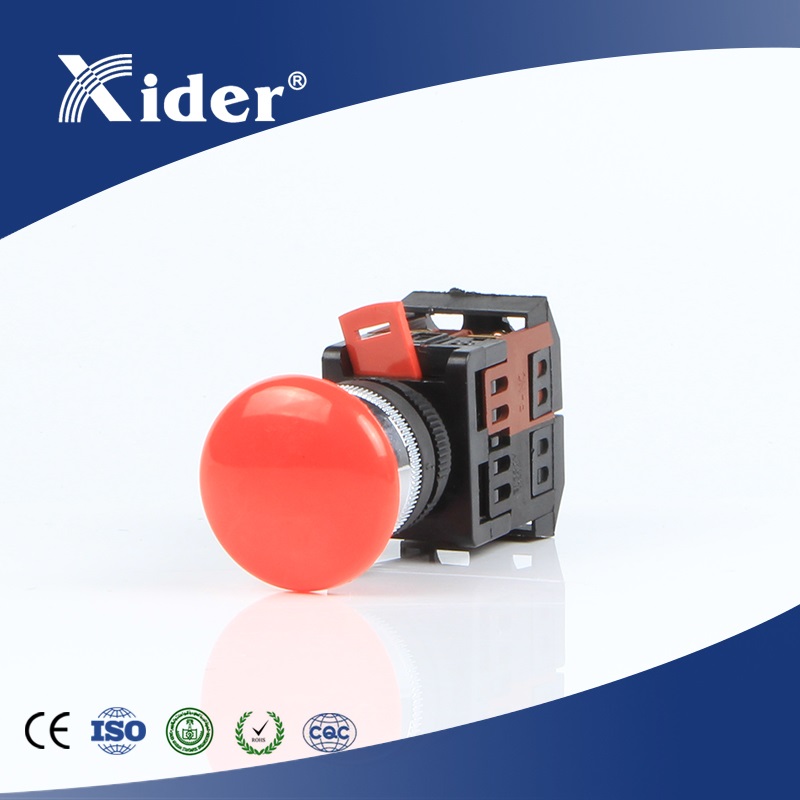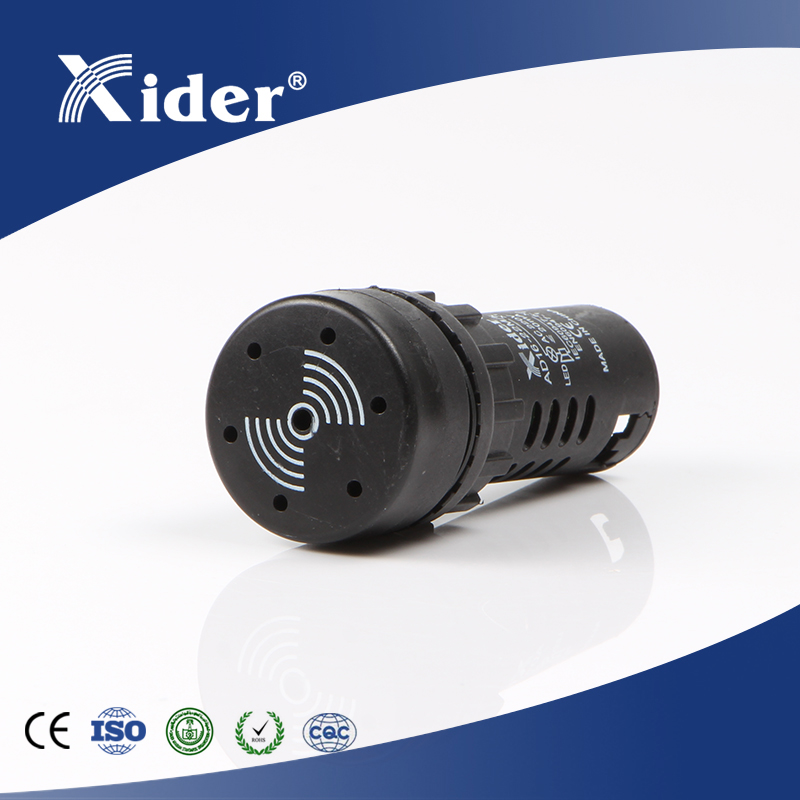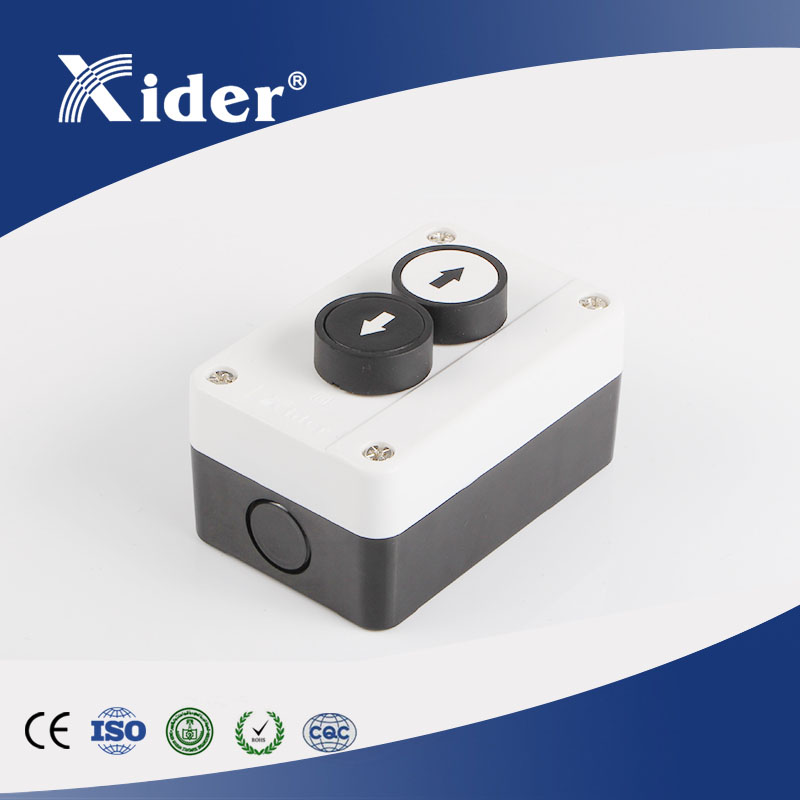Industrial environments—busy production lines with constant vibration, outdoor toll booths exposed to rain and snow, high-temperature workshops—pose big challenges to electrical indicators. Frequent failures from these conditions disrupt operations and raise maintenance costs. The solution lies in two key design features of industrial-grade LED Lights, which ensure reliable performance even in tough settings.
Filament-Free Structure: Stop Vibration-Caused Damage
Problem Addressed
Traditional indicator lamps use fragile filaments. On vibrating equipment such as assembly lines, mechanical arms, or heavy-duty packaging machines, these filaments easily break—causing sudden failures, unplanned downtime, and extra costs for replacement parts and labor. For industries like automotive assembly or electronics manufacturing, where every minute of production counts, such interruptions can directly impact output.
Solution & Advantage
Industrial LED Lights solve this with a filament-free design:
The core LED chip is integrated into a sturdy, shock-absorbent base, eliminating the delicate filament that’s prone to cracking.
Even on constantly shaking machinery, for example conveyor belts for food processing or robotic arms in auto plants, the lamp body remains intact—no loose components or broken internal parts.
This stability ensures consistent signal transmission, helping operators avoid misjudgments about equipment status like “is the machine running or paused?” and cutting the need for frequent lamp checks and replacements.
Temp-Resistant Housing: Adapt to -25℃~55℃ Fluctuations
Problem Addressed
Extreme temps ruin ordinary lamps:
Outdoor winter lows of -25℃ make plastic housings brittle, leading to cracks that let in snow or melted ice—shorting out internal circuits.
High-temperature workshops reaching up to 55℃, for example metal processing, plastic molding, or rubber vulcanization, soften cheap housings, causing them to warp and expose LED chips to dust or heat damage.
For outdoor setups like toll gate indicators or traffic signal towers, these issues often require emergency repairs in harsh weather, increasing service costs.
Solution & Advantage
Industrial LED Lights use specialized high/low temp-resistant housing materials:
These materials, engineered for industrial durability, maintain structural integrity from -25℃ to 55℃—no cracking in freezing rain, no warping in sweltering workshops, and no brittleness after long-term exposure to cold.
They resist water seepage even after repeated freeze-thaw cycles common in northern climates and block dust buildup in high-heat areas, keeping internal circuits and LED chips protected.
This adaptability means no need for additional insulation or protective covers, simplifying installation and reducing long-term maintenance work.
Conclusion
For industries needing stable signal indicators, the filament-free structure and temp-resistant housing of industrial LED Lights are essential—they cut downtime and maintenance costs by targeting vibration and extreme temps. These features ensure reliable performance in production lines, outdoor settings, and high-heat workshops.
To explore our industrial LED solutions engineered for harsh environments, visit our product page . Here, you’ll find detailed info on indicators built to meet your operation’s tough demands.






